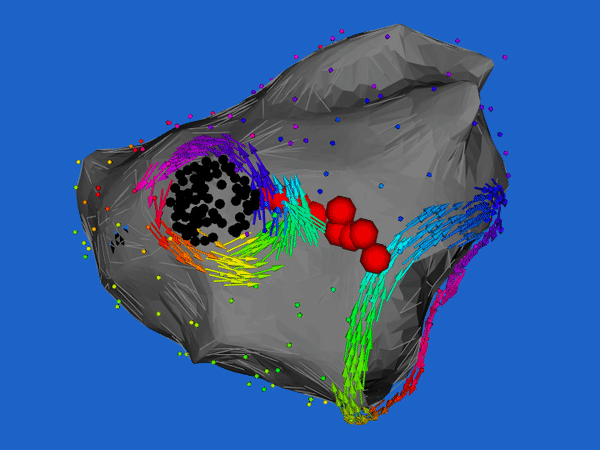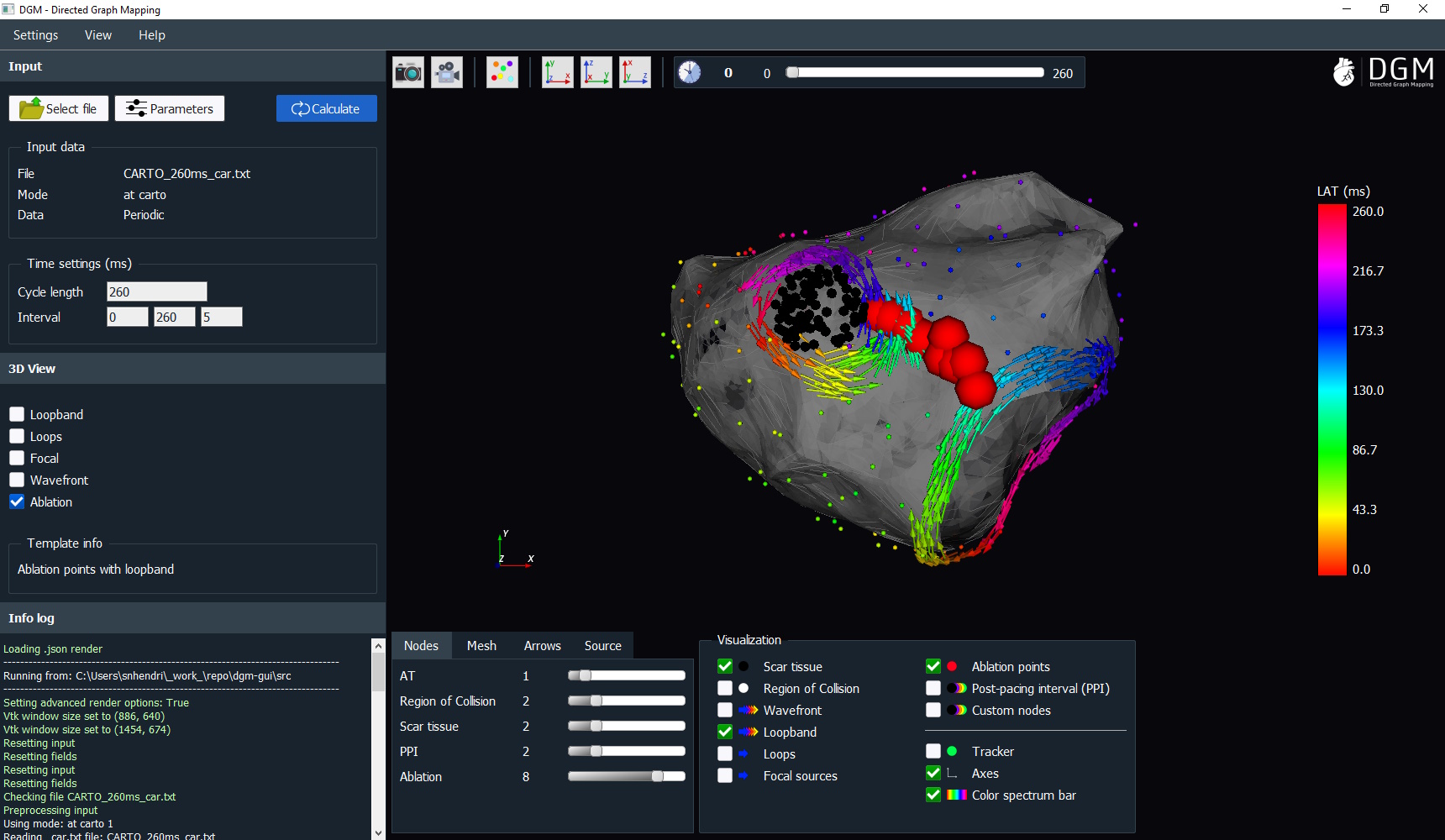For Intoduction to Biophysics Course, please check our Course page
For 2024-25 thesis subjects, please check our Thesis page
The Biophysics Research Group at Ghent University, led by prof. Nele Vandersickel and supported by prof. Sasha Panfilov, aims at solving problems in the field of cardiac electrophysiology. Cardiac arrhythmia remain the number one cause of death in the world according to the World Health Organization and there is an urgent need for novel treatments.
Our vision is to integrate clinical and fundamental research on cardiac arrhythmia with electro-physiology. By connecting researchers with complementary expertise we create novel diagnostic tools based on fundamental knowledge, bridging the gap between basic and clinical research.
To accomplish this goal, we perform computer simulations and analyze both clinical and experimental data. Combining these insights we aim to unravel the mechanisms of cardiac arrhythmia and propose new treatments.


